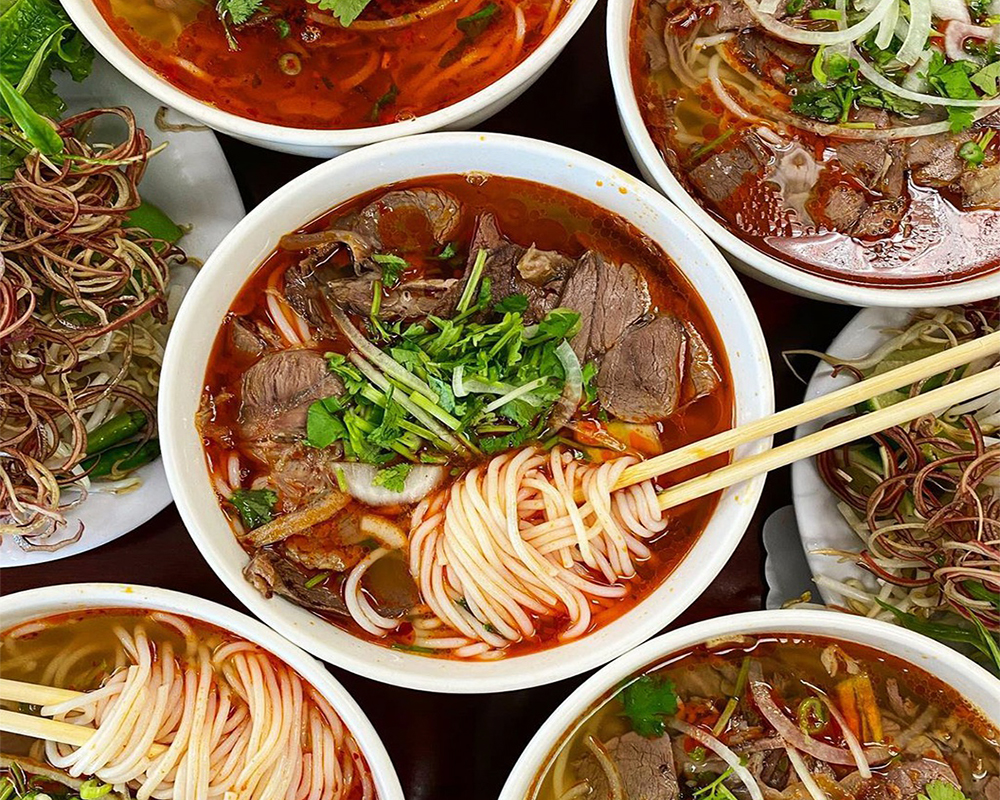Is Vietnamese Food Spicy ? Discover the Spiciness of Vietnamese Cuisine
When it comes to Vietnamese food, one common question arises: is Vietnamese food spicy? Vietnamese cuisine is renowned for its unique flavors and enticing combinations of ingredients. In this article, we will explore the spiciness of Vietnamese food, offering insights into the level of heat and the diversity of flavors found in this vibrant culinary tradition.
Vietnamese food offers a diverse range of flavors, incorporating a variety of spices and herbs. While spices are integral to Vietnamese cooking, not all dishes are inherently spicy. The spiciness of Vietnamese cuisine varies depending on the dish, region, and personal preference.
It is important to note that Vietnamese cuisine focuses on achieving a balance of flavors, including sweet, sour, salty, and umami, in addition to spiciness. Unlike some cuisines where spiciness dominates, Vietnamese cuisine aims for a harmonious blend of flavors that enhances the overall dining experience.
Some classic Vietnamese dishes are known for their spiciness. For example, "Bun Bo Hue," a popular beef noodle soup from the city of Hue, offers a spicy kick. The broth is infused with lemongrass, shrimp paste, and aromatic spices, creating a flavorful base with a hint of heat from chili peppers.
"Banh Mi," the beloved Vietnamese sandwich, can also incorporate spicy elements. Though not inherently spicy, Banh Mi can be customized with pickled vegetables, chili sauce, or sliced jalapenos, adding a fiery twist to this iconic street food.

Bun Bo Hue is a unique and spicy Vietnamese dish
However, not all Vietnamese dishes are spicy. "Pho," the famous Vietnamese noodle soup, is typically not spicy. This comforting dish features rice noodles, aromatic broth, and thinly sliced beef or chicken, allowing the delicate flavors to shine without overwhelming heat.
Vietnamese fresh spring rolls, known as "Goi Cuon," are another example of non-spicy delicacies. These translucent rice paper rolls are filled with fresh ingredients like shrimp, pork, herbs, and vegetables, offering a light and refreshing experience without any spiciness.
It's important to remember that Vietnamese cuisine is adaptable to individual preferences. Dipping sauces like "Nuoc Cham," made with fish sauce, lime juice, sugar, and garlic, can be customized by adding chili peppers to achieve desired spiciness. This versatility allows diners to tailor the heat level to their liking.
In conclusion, Vietnamese cuisine offers a delightful spectrum of flavors, including spicy options. While some dishes like Bun Bo Hue and customizable Banh Mi can satisfy those who crave spiciness, Vietnamese cuisine is not solely defined by heat. The focus is on achieving a harmonious balance of flavors, where spiciness complements rather than dominates the overall culinary experience. So, whether you prefer mild or spicy dishes, Vietnamese cuisine has a diverse array of flavors to satisfy every palate. Explore the vibrant world of Vietnamese food and indulge in its unique and delicious offerings.